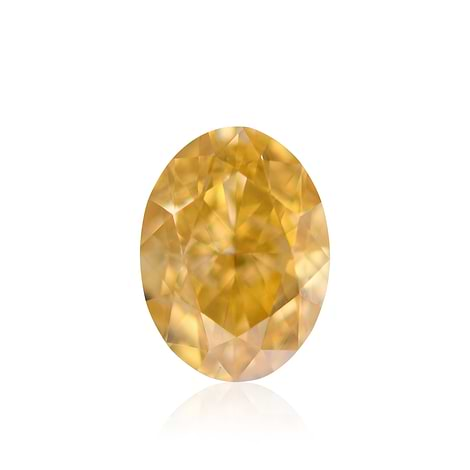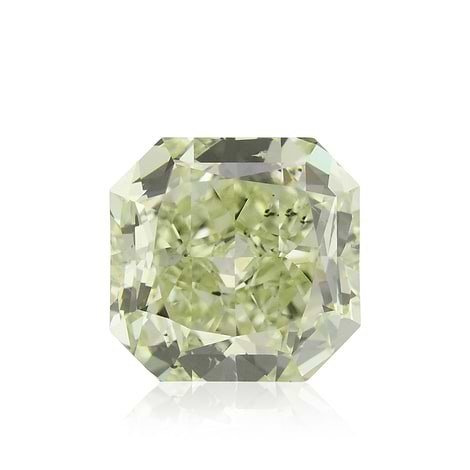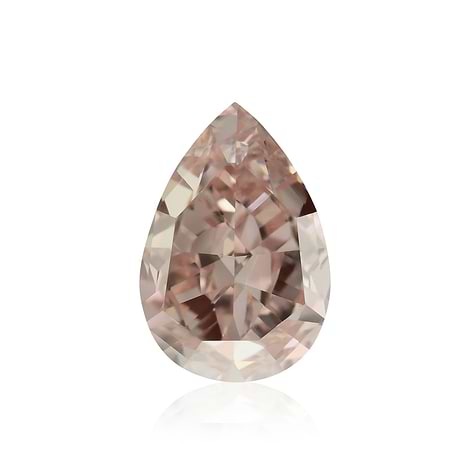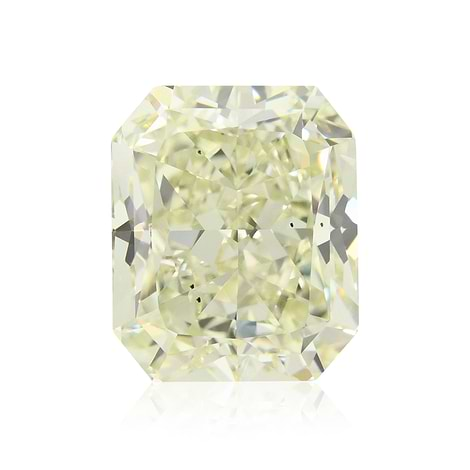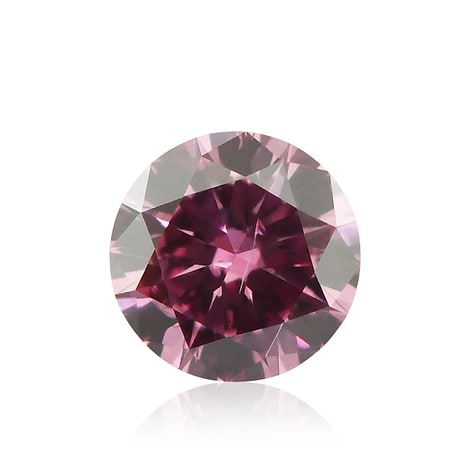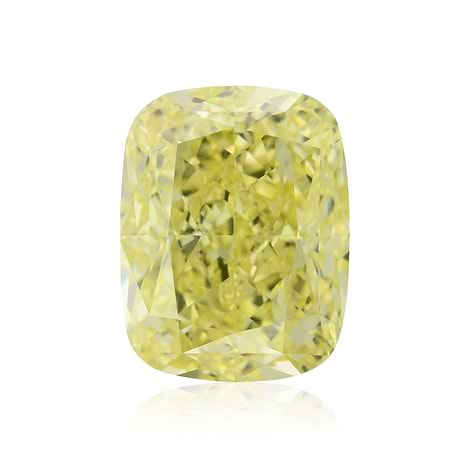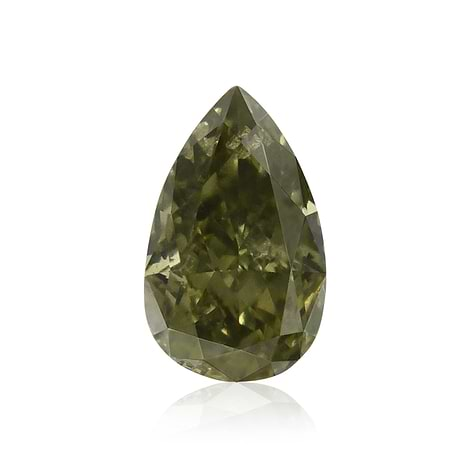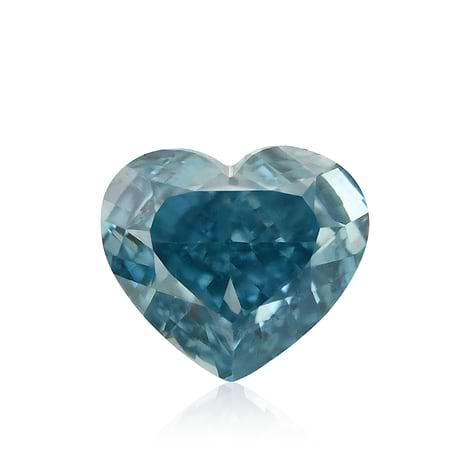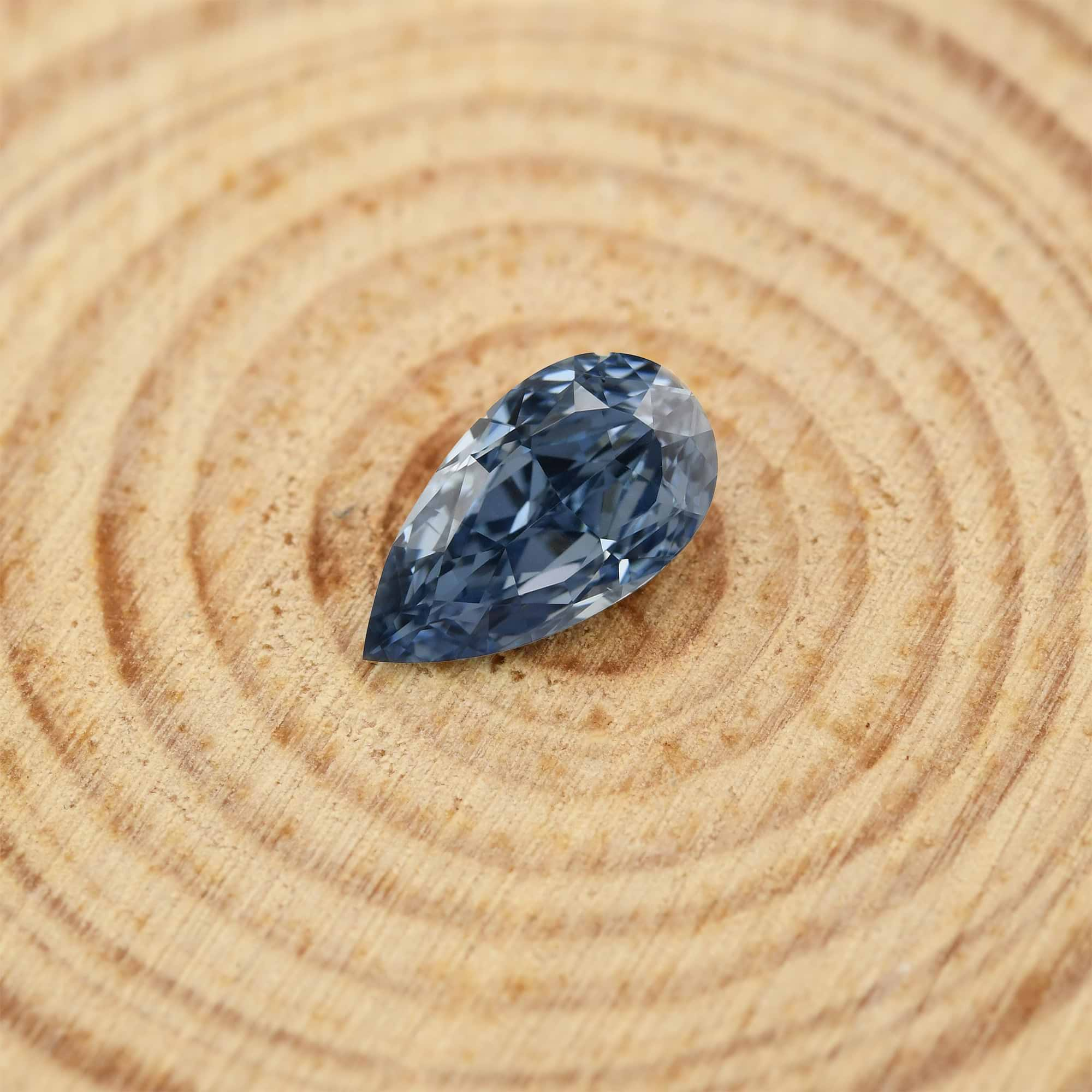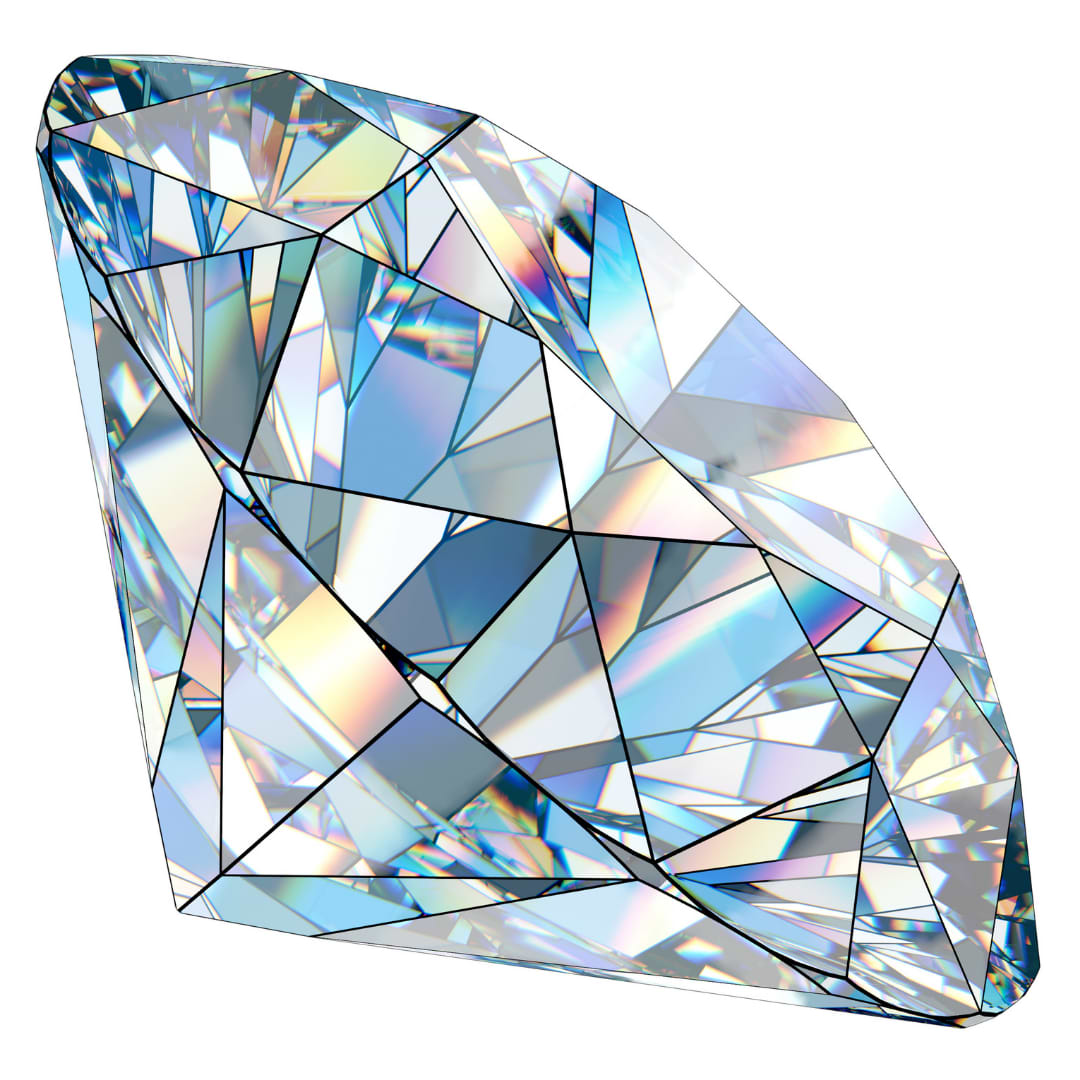It is not a secret that diamonds have been on earth far longer than the human race. It is equally common knowledge that diamonds endured extreme conditions throughout their formation and volcanic eruptions in order to arrive at mining depth. However, there may be some gaps in the average individual’s knowledge regarding what happens from that point until the diamond appears as a shimmering gem at a wholesaler or a jeweler.
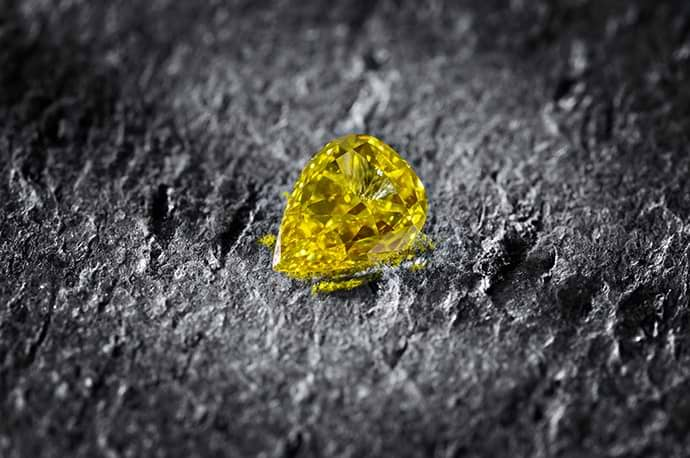
A 1.05 carat fancy vivid yellow diamond
Very specific volcanic eruptions called kimberlite eruptions brought the diamonds from the earth’s mantle to the surface over a hundred million years ago. Even once these kimberlites deposits are discovered, much work needs to be done before the mining process is complete. The following summarizes some of the various forms of diamond mining, and the way in which the diamonds are extracted and treated before they are formed into beautiful sparkling gems.
Types of Mining
One of the main forms of diamond mining is known as open-pit mining. This method is used when the diamonds are close to the surface or are covered in a thin layer of gravel and sand. The first step is identifying the right areas, then blasting through rocks in order to access the diamonds at the bottom of the kimberlite pipes. Heavy equipment and machinery is used to create the open-pit mine. Another type of mining is called underground mining. Though this is what many have in mind when the word mine is mentioned, this is a very complex form of mining. In order to create an underground mine; the nature, shape, and size of the kimberlite deposit needs to be taken into consideration. Yet another way in which diamonds are mined is through seabed mining. This can be done either horizontally or vertically. A crawler, which uses flexible hoses on the ocean floor in order to bring diamonds to the surface, is used for horizontal mining. Alluvial mining is the last form of mining, and this refers to diamonds that have been brought by wind or water to wherever it is they have landed. This mining method involves extracting the diamonds from their final resting place, wherever that may be.
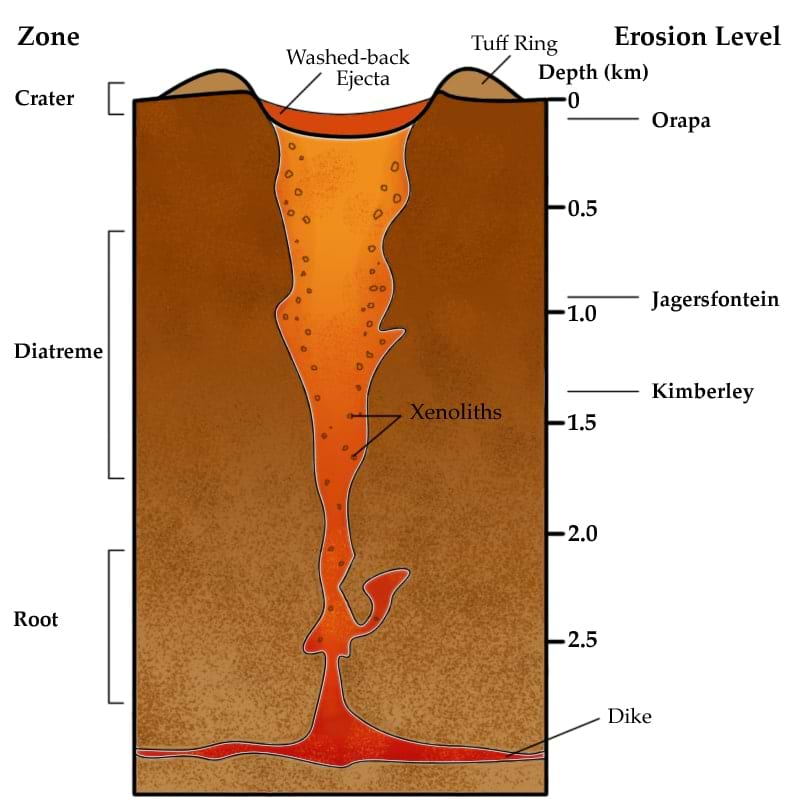
Schematic diagram of a volcanic pipe
Image courtesy of Asbestos [CC BY-SA 3.0 (http://creativecommons.org/licenses/by-sa/3.0)], via Wikimedia Commons
Stages of Mining
Once the ore has been discovered, it is crushed and milled. This is known as comminution. Next, the crushed ore goes through a dense medium separation (DMS) process. This entails mixing the ore with a semiliquid alloy of iron and silicon. The alloy is of a very particular density, hence the name of this process. The mixture is then passed over a grease belt so that the diamonds will stick to it. Diamonds repel water, which is why grease is used in this stage. X-rays are also used to detect the diamonds within the mixture. Once the rough diamonds have been gathered, they are measured and sorted. The diamonds are cut, sawed, or set aside for industrial use. Diamonds are divided into thousands of categories based on their clarity, color, and weight. Handled by tweezers, the rough diamonds get sorted into three main categories: gem quality, industrial, and bort. Finally, the diamonds are prepared for cutting.
The Cutting Stage
When a diamond is ready to be cut, it is done so until it has been cut and sawed as smoothly as possible. Different tools and processes are used depending on the diamond’s facets. Diamond cutters create the facets in a meticulous manner. They must constantly take breaks to examine the diamond’s facets. A stone’s color has a huge impact on the way it is cut. Microscopes are used during this stage to detect flaws, which also impact the cutting process.

Diamond rough and polished at the cutting stage
From Mine to Marketplace
After the grueling processes of unearthing the diamonds and carefully crafting them into gems, they are ready to be shipped off to diamond wholesalers and jewelry makers. This stage alone can be timely, although it seems like the very end, as the diamond trade is complex and involves many parties. Once the diamonds have finally arrived in the hands of those who will sell to consumers, the stone have officially entered the jewelry world where they will be inspected for beauty and style and will be set accordingly into fitting jewelry pieces.
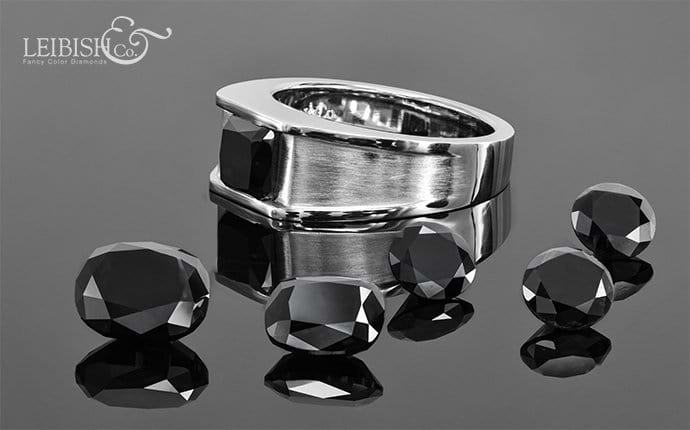
Black Diamond Jewelry from Leibish
It may surprise you that mining does not end with the extraction of the rough diamonds. The very long process should shed some light onto those wondering why diamonds are so costly. A great deal of money is spent locating and retrieving these diamonds, and a tremendous amount of money and expertise goes into transforming these rough stones into shimmering gems. Learning more about the mining process can certainly help one appreciate his or her diamond even more.
